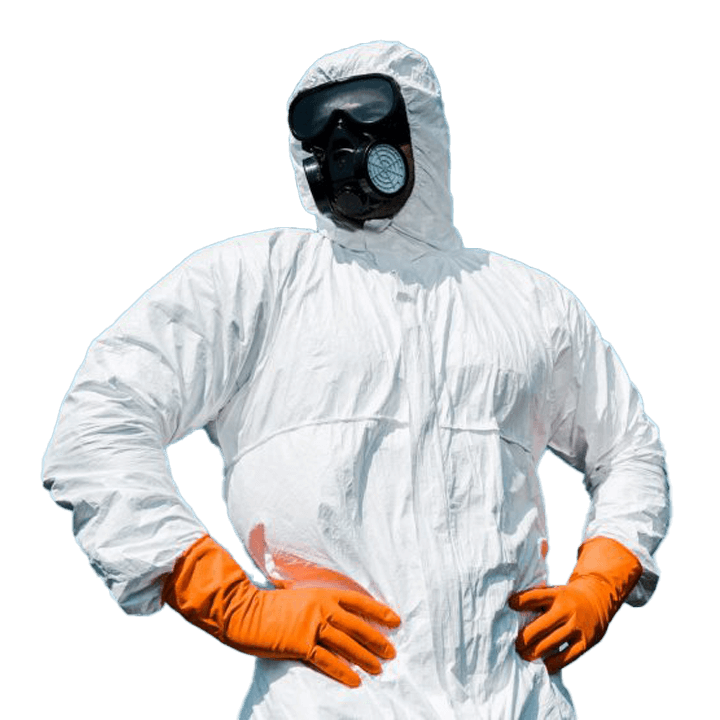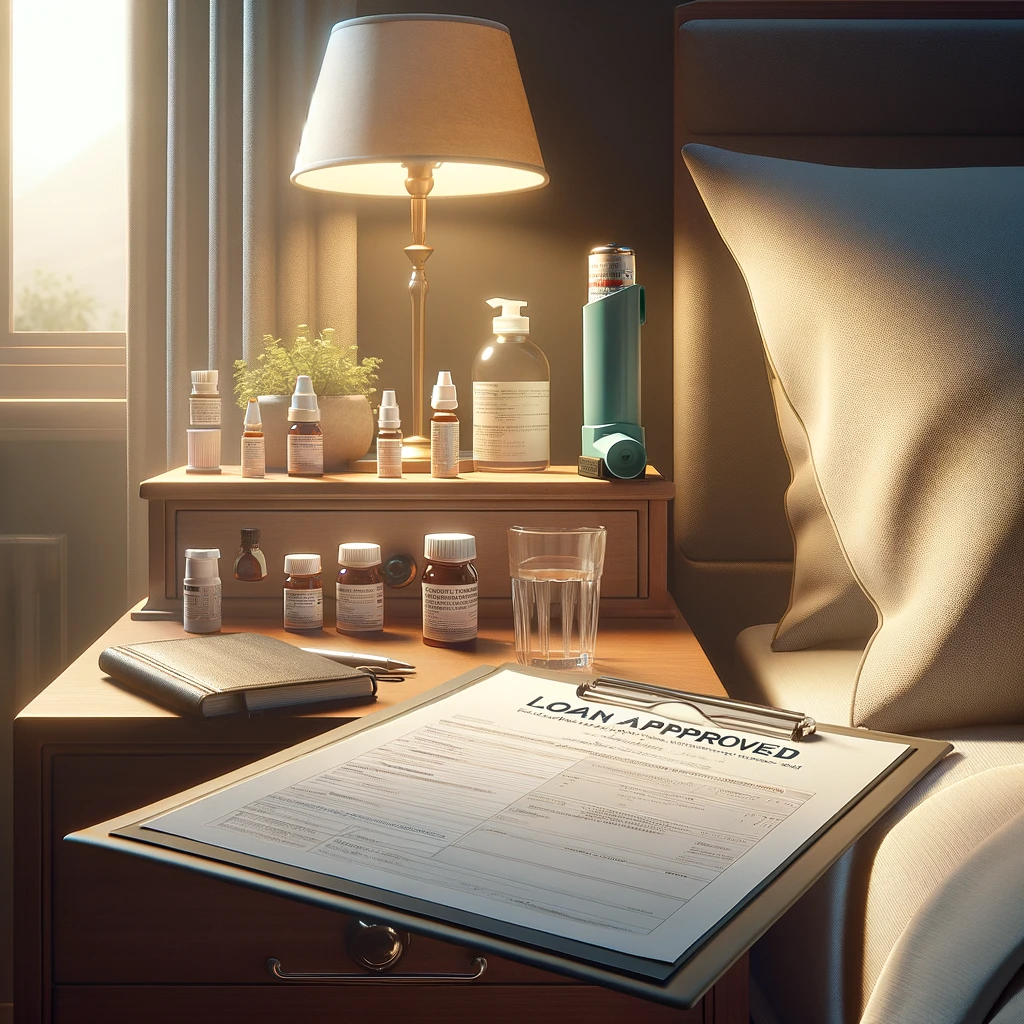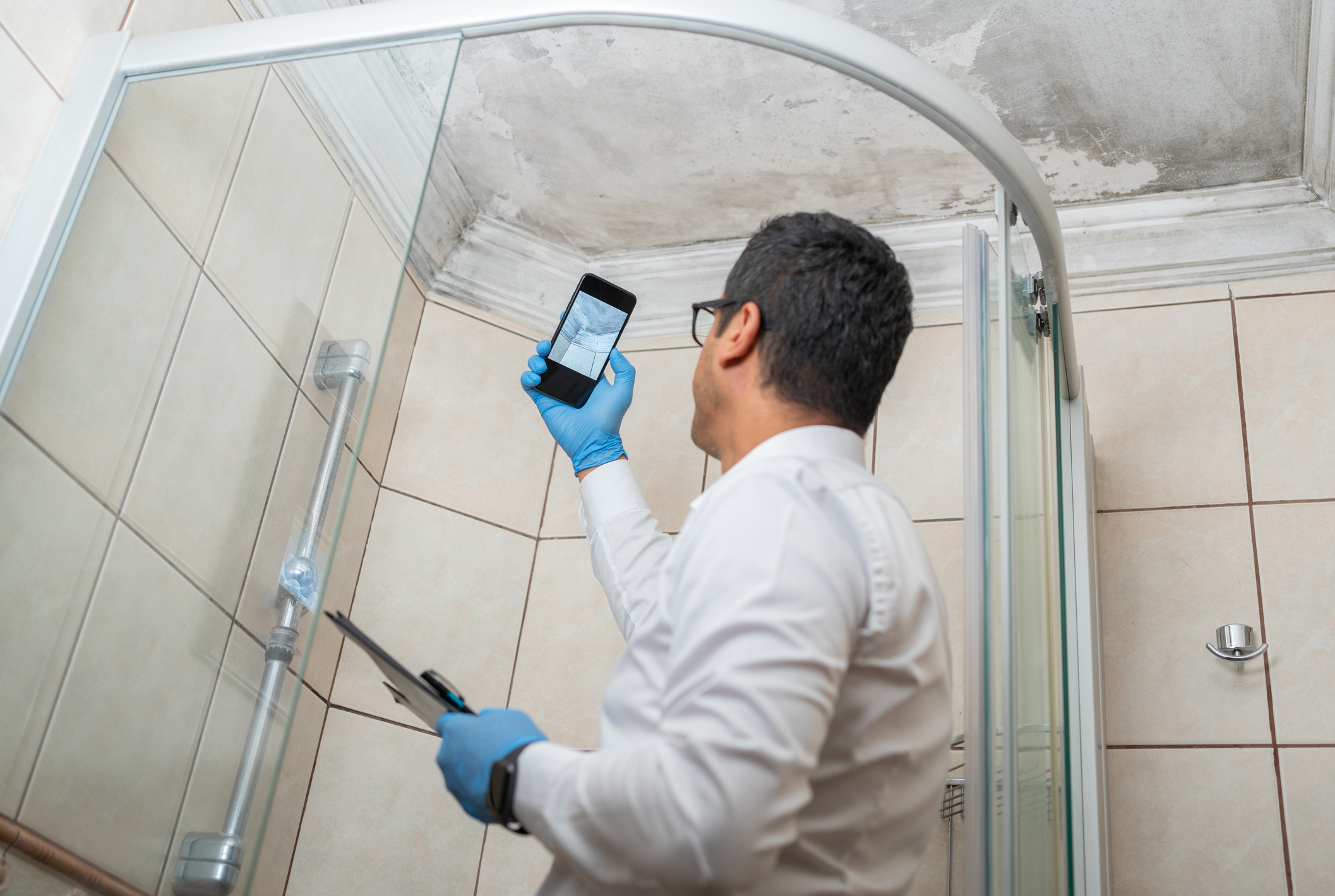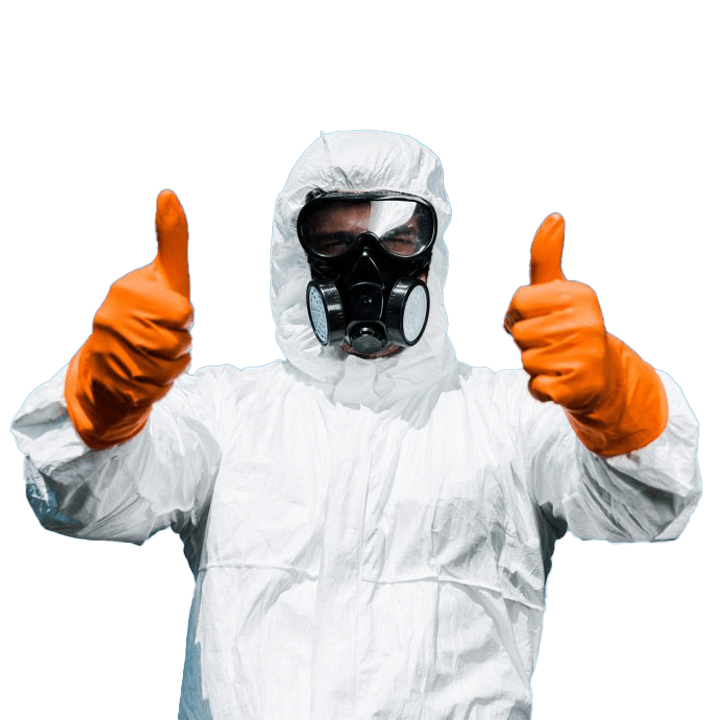Toxic Mould SOLUTIONS
Welcome to Toxic Mould Your solution for building related illness
Combat Mould-Related Illness with Ease – Financing Now Available!
Understanding and eliminating the triggers of mould-related illness are essential steps toward regaining your health. That’s why we’re excited to announce that financing options are now available for our comprehensive services. Whether it’s professional surveys to identify mould, specialised medical treatments, or thorough building decontamination and remediation, we have you covered. You can now manage the costs conveniently while we ensure your environment is safe and healthy.
Explore Your Options Today – See Details on the Opposite Page!
Toxic mould poses a serious health threat, linked to a wide array of conditions from respiratory issues to severe neurological impacts like chronic fatigue, brain fog, and even Alzheimer’s disease. At Toxic Mould our team of Indoor Environmental Hygienists specializes in a comprehensive approach to combat these dangers. We combine expert knowledge, thorough inspections, and cutting-edge solutions to protect your health and home.
Our Services:
- Expertise in Toxic Mold: We understand the conditions that foster mould growth, producing allergens and toxins. This knowledge is crucial for effective risk assessment and management.
- Comprehensive Surveys: Our detailed inspections pinpoint mould presence and sources, forming the foundation of targeted remediation plans.
- Health Professional Collaboration: We work alongside medical experts, ensuring our environmental solutions complement medical advice on mycotoxin exposure.
- Risk and Hazard Assessments: Identifying exposure pathways allows us to tailor decontamination protocols to your specific needs.
- Advanced Remediation: We employ the latest techniques for risk reduction and decontamination, backed by guidance on testing methods.
- Building-Related Illness Solutions: We tackle symptoms and root causes of building-related illnesses with actionable plans to assist you or your medical team.
- Global Laboratory Partnerships: Access to leading lab data supports our assessments and recommendations, making our responses both quick and effective.
- Detailed Reporting: Our reports offer a deep dive into construction issues, water damage, and factors contributing to mould problems, guiding precise remediation efforts.
- Contractor Work Assessment: We evaluate remediation outcomes to ensure significant improvements in indoor environmental quality.
Our holistic approach emphasizes a deep understanding of toxic mould, strategic and collaborative solutions, and the integration of environmental health with medical expertise. We’re dedicated to ensuring your long-term well-being by mitigating the risks of toxic mould exposure.
NEWS FLASH: Mold is just one of several pathogens known to cause building-related illness

Finance Application

Need Help?
Tel 0203 432 0213 info@toxicmould.co.uk
- Sunday - Friday (08.00 AM - 05.00 PM)
Treatment without removing the exposure is pointless
Let's start scheduling your visit as soon as possible.
Who we are
We offer possibly unique investigative and remediation services in the UK and hope the following information helps you identify the best course of action for you.
The term “Toxic Mould” is often ridiculed by many but was coined by the Institute of Medicine who combined Cytotoxic and Neurotoxic and reflects their concern regarding some mycotoxins including T2 toxin.
Some of the secondary metabolites of some moulds known as mycotoxins, are used as a weapons of mass destruction and anti-rejection treatment post-transplant surgery as they turn off immune response and of course moulds are used as antibiotics.

Why should you
Trust the expert?
Well have a look over the below and
See us providing expert opinion on TV
BBC News Toxic tower block
Help my House is Falliing Down
Sky News Flooding July 2012
Sky News Australian floods
What we offer
Helping you get rid of Toxic Mould
Mould is a specific life form and digests dead organic material such as paper and wood products.
Mould can be harmless at normally expected levels but sometimes when conditions are right it grows and can become allergenic and sometimes toxic.
The toxins produced by mould are their natural defence against other mould and bacterial colonies and they are used to defend their areas of growth.

Mould Investigation
Mould Removal
Mould Information
Decontamination
CIRS is often mis diagnosed as Lyme and mould diseases.
Contact us today to We provide either on site or virtual (remote) surveys to assess possible presence and cause of mould and associated contaminates and how to remediate and decontaminate premises.
We use safe and environmentally friendly measures.

Need Help?
We'd love to hear from you.
please do contact us on any of the below details if you require any further assistance / help with the problems you are facing in your premises.
View Our Videos
have a look over some of our videos which outline some of the jobs we have done.
Call Us Today On The number below
0203 432 0213
Contact Us
Contact us using the form on the website or via email info@toxicmould.co.uk


